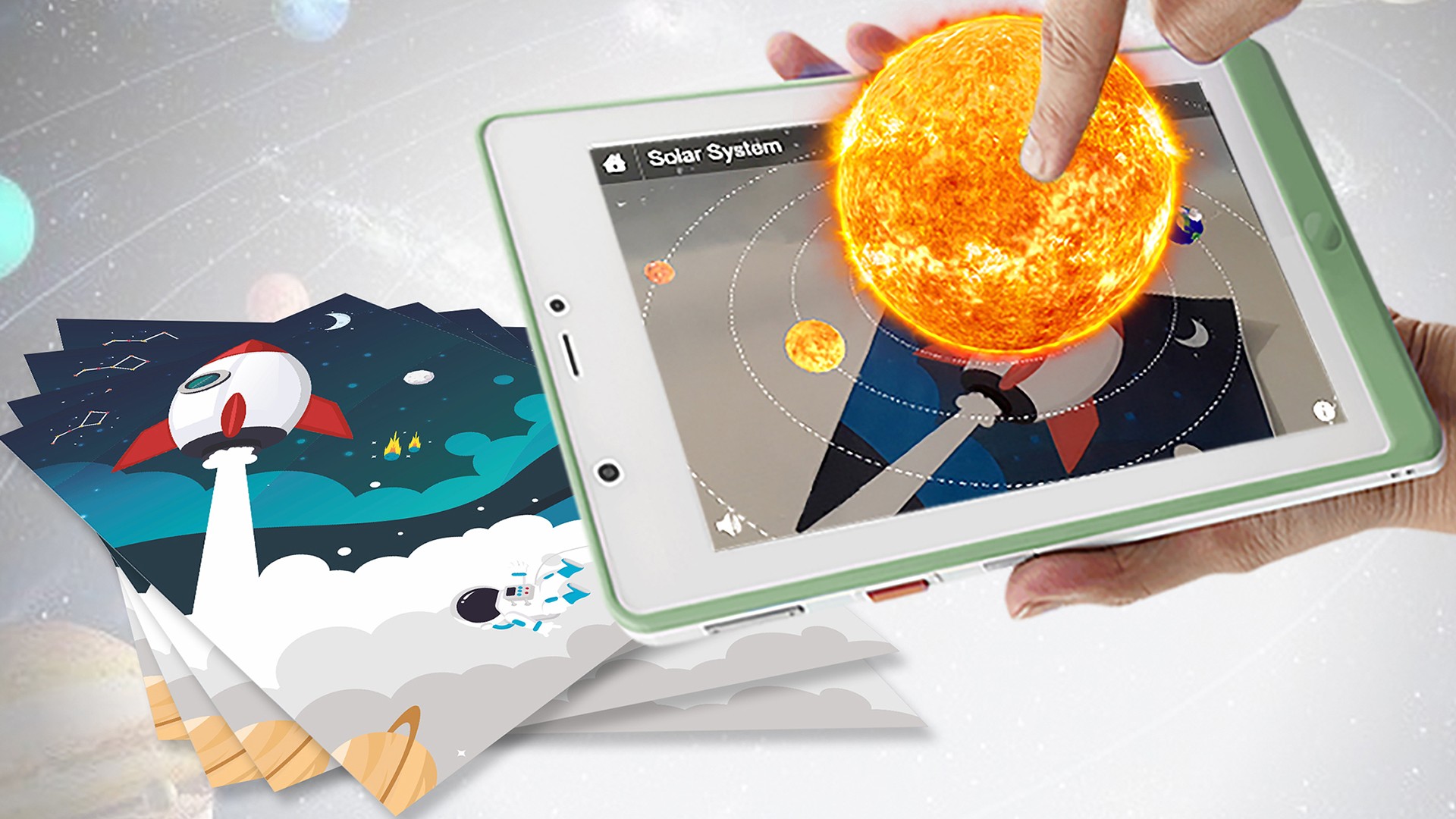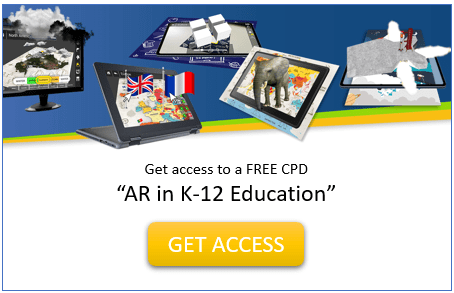Estimated reading time: 1.5 minutes
Virtual Reality and Augmented Reality are the two most disruptive modern technologies. They create immersive and interactive experiences in the classroom and change the way we view the world. People often confuse AR and VR as they believe they are the same thing.
Indeed, both technologies have the potential to transform how we interact with technology. By enhancing the user experience through in-depth interaction. Entertainment, engineering or education are just a few fields where they might have a lasting impact.
AR and VR: what is the difference?
However, it is critical to understand the differences. Virtual Reality creates a completely different interactive 3D virtual reality environment. On the other hand, AR, enhances experiences by providing a new layer of interaction with reality, rather than replacing it. Also, users can utilize AR devices such as smartphones, laptops, and tablets. Furthermore, AR devices such as smartphones, laptops, and tablets. To use VR, users need a HMD, virtual reality glasses, hand accessories, virtual headsets, and a VR.

Augmented Reality in K-12 Education has recently become more accessible, and there are numerous tools available for online collaboration. Using augmented reality in the classroom can turn an ordinary class into an engaging experience. There, students can see the actual 3D things in real-time. AR’s main feature is interaction with the augmented world, which is why it can provide students with more practical experiences.
Useful resources for online education
CleverBooks Augmented Reality helps enhance students’ motivation and interest, which in turn provides them with a simple way to get comprehensive concepts within minutes and engages them in learning.
Augmented Classroom is new easy to use CleverBooks’ web-digital space which facilitates exploration, co-creation and collaboration within an augmented environment in the multi-user interactions to engage students in learning in class or remote. Moreover, CleverBooks provides Teaching resources as well as lesson ideas with augmented reality.
VR and AR are here to stay and they are not competitors. They complement each other and serve effectively to provide differentiated and personalized learning experiences for students.

